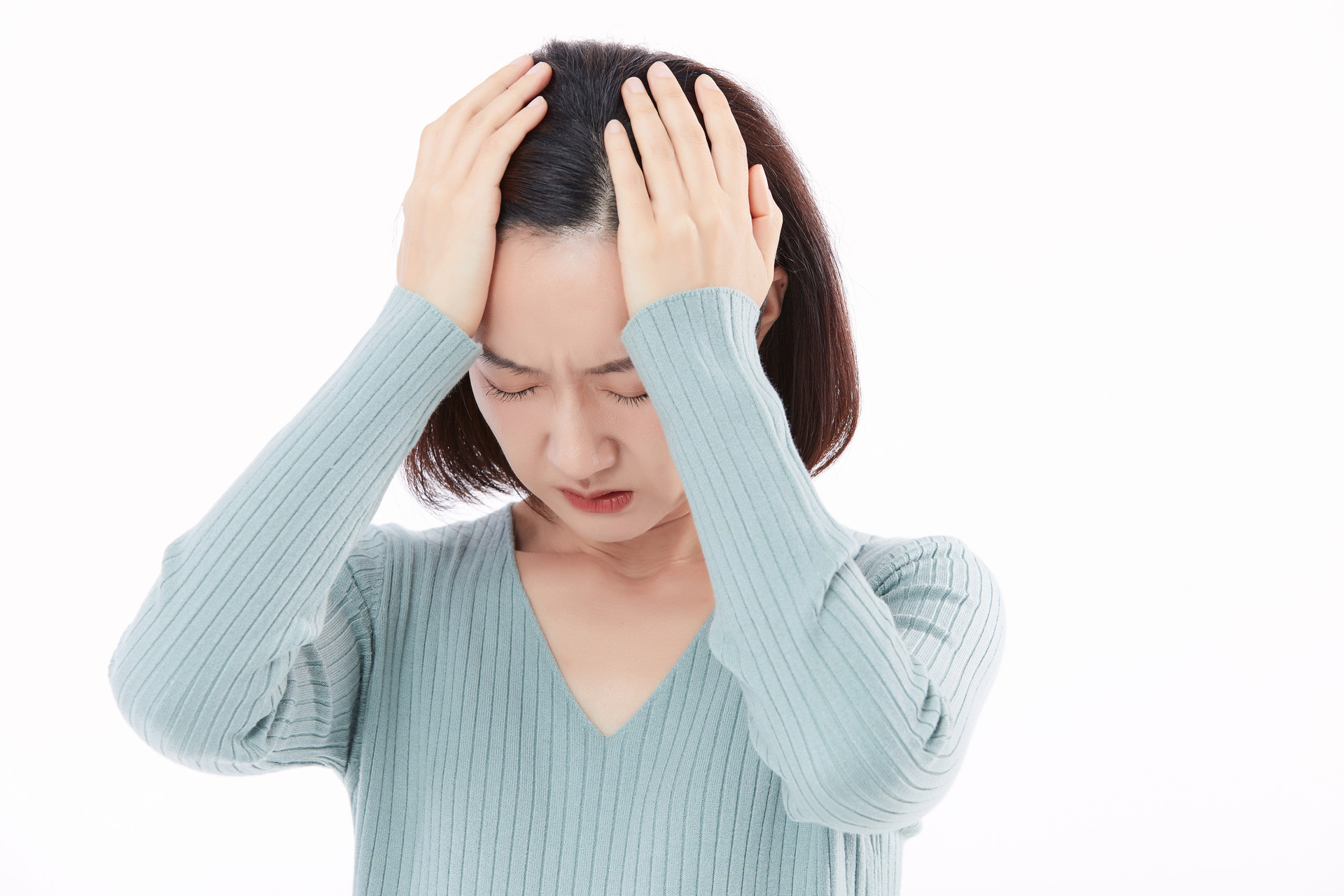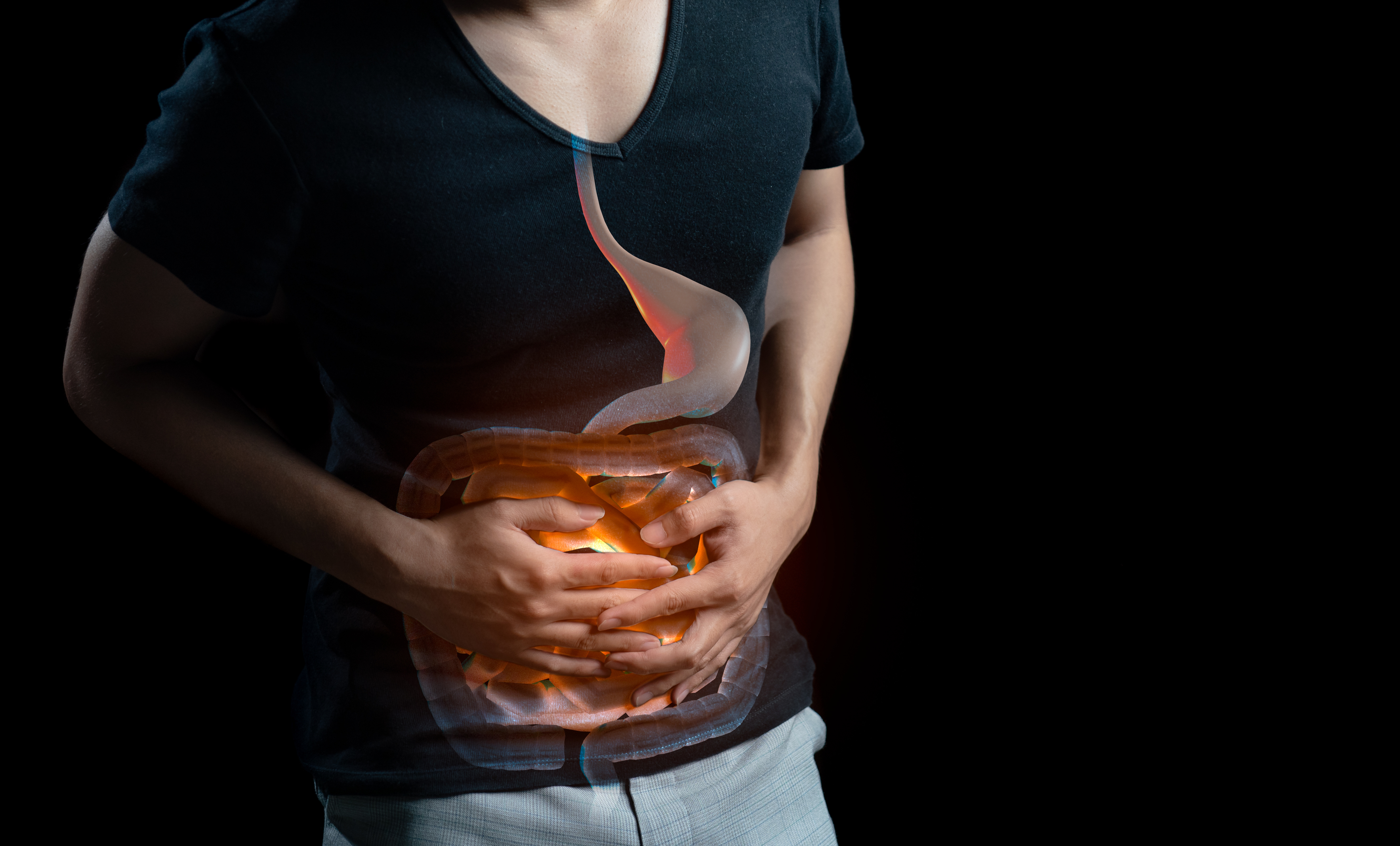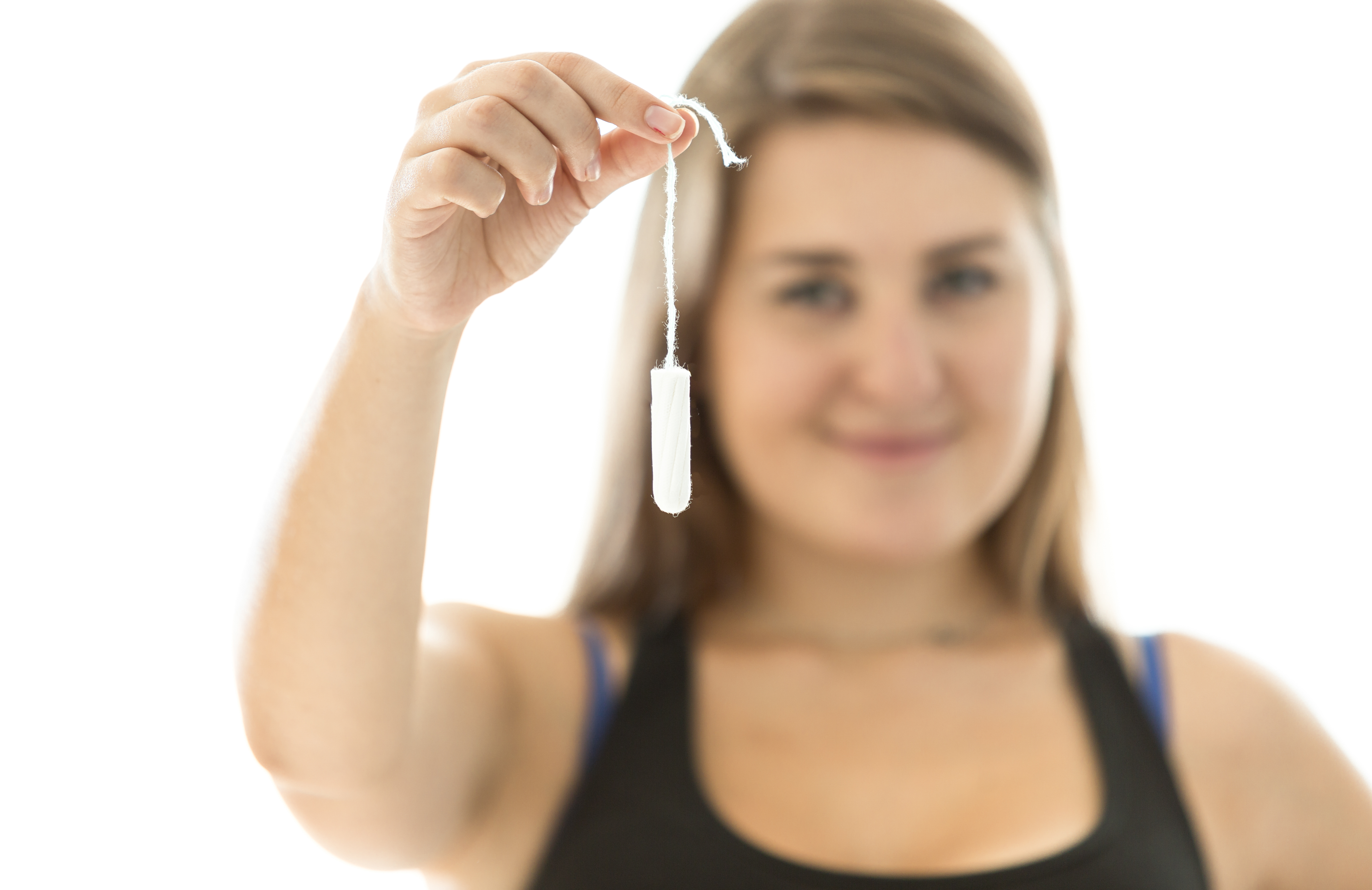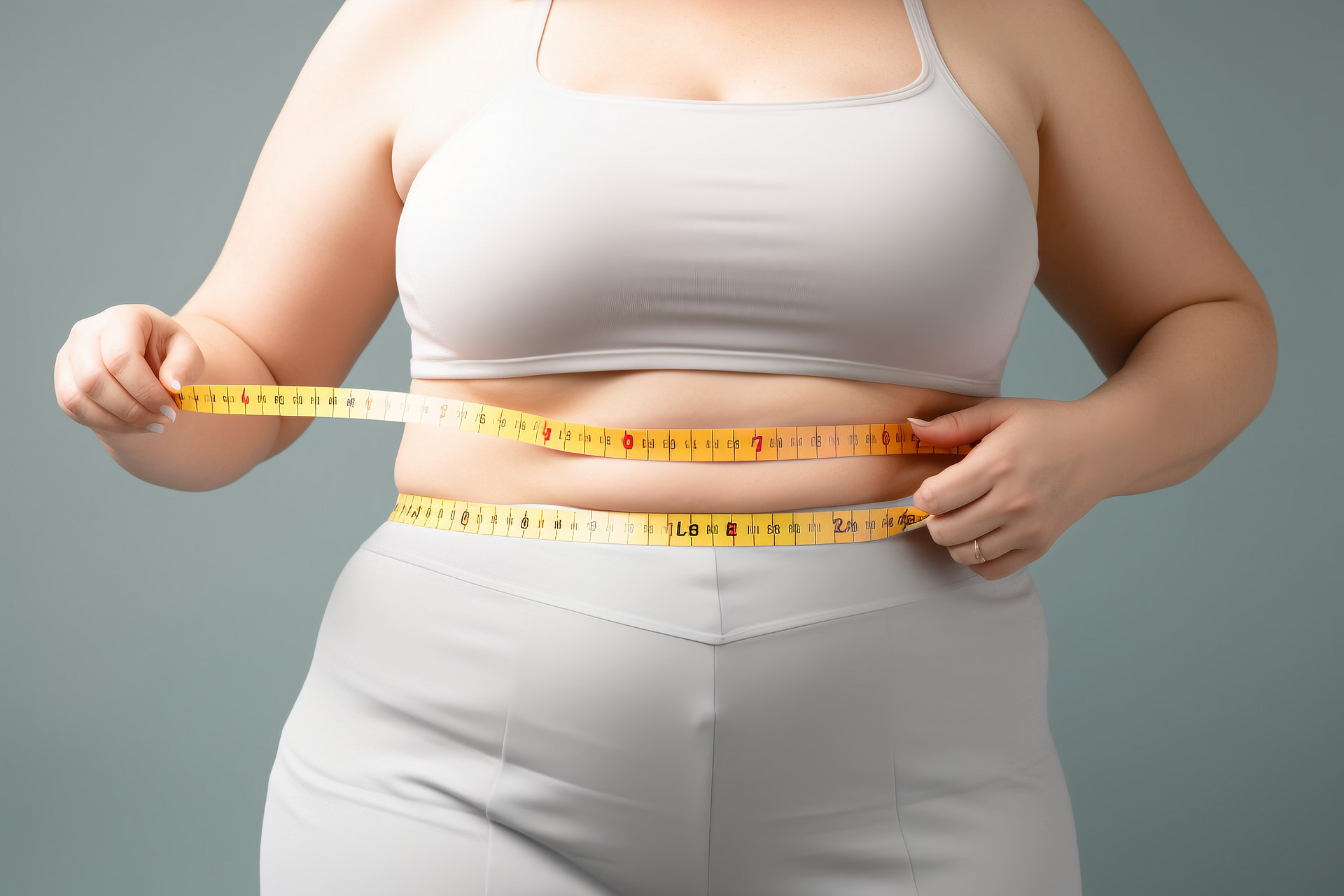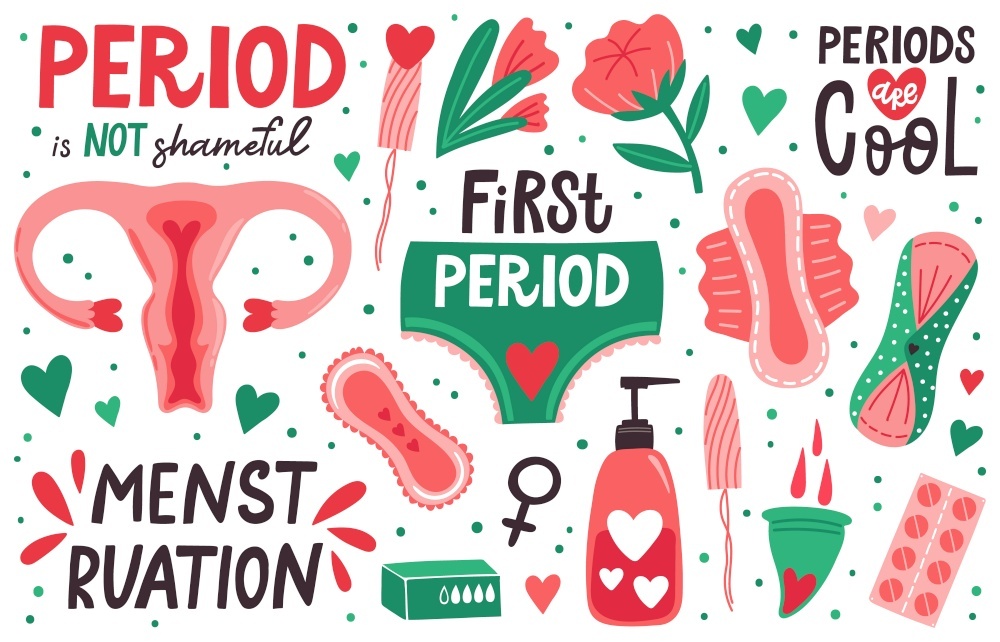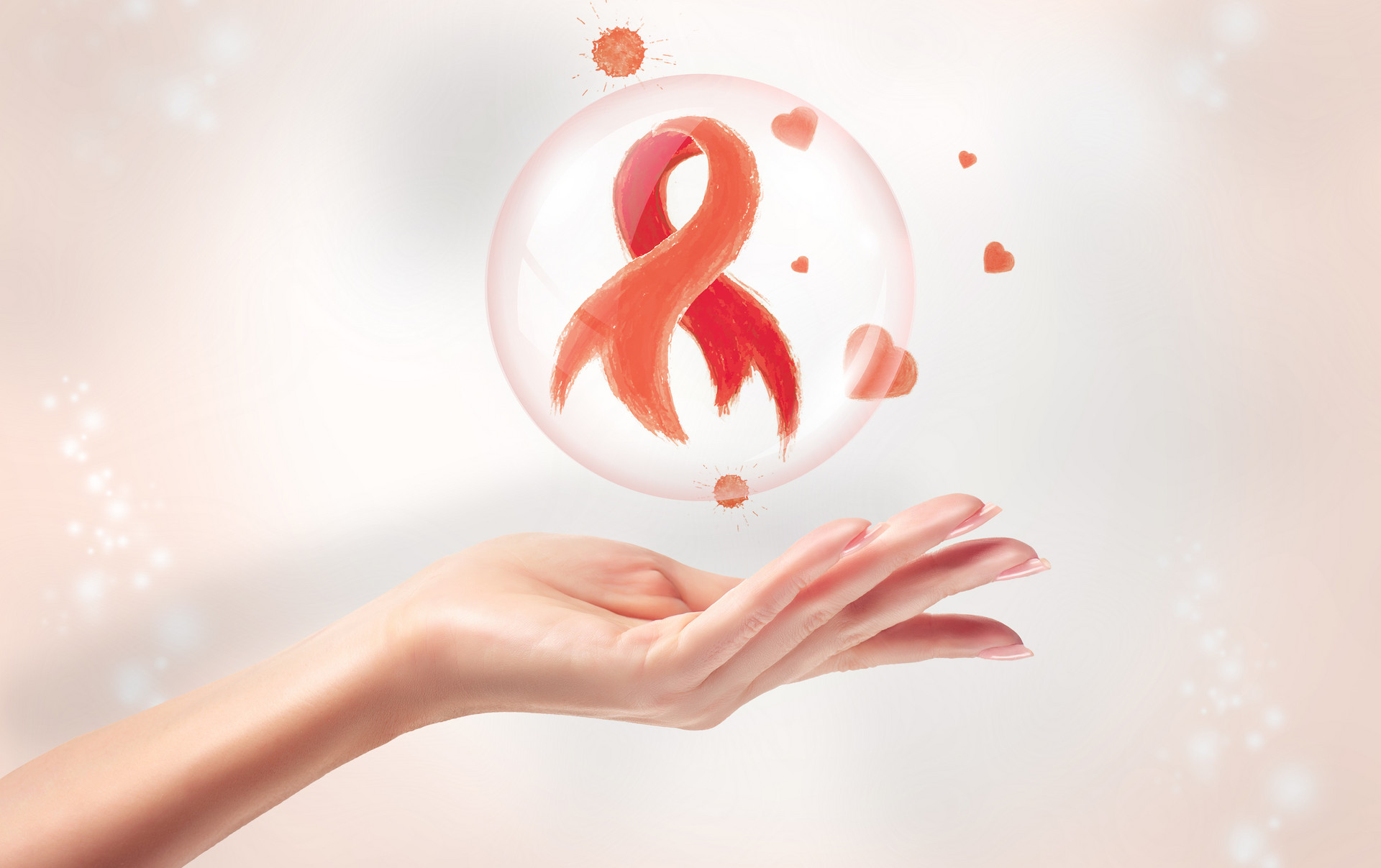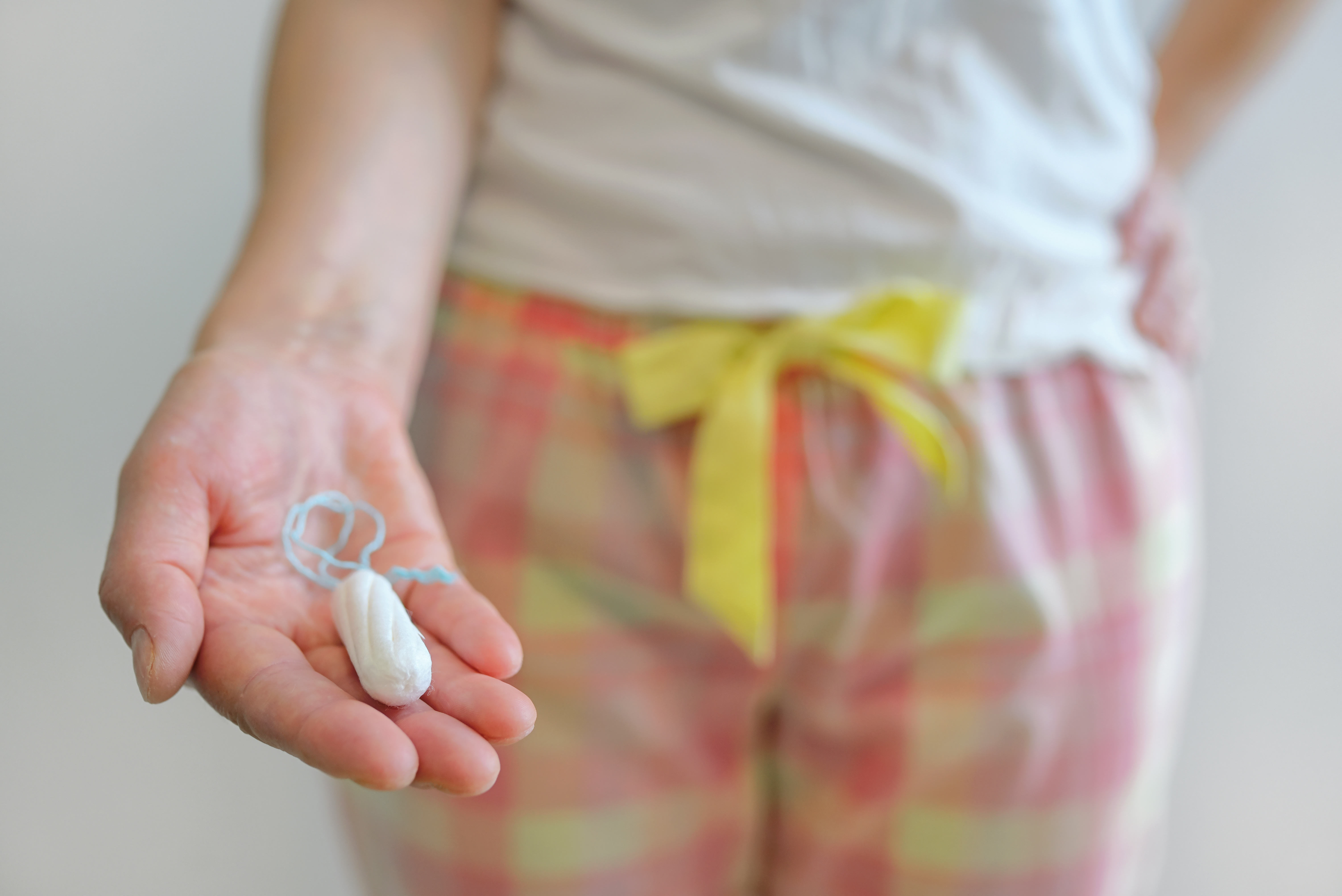According to statistics, about 10% of adolescent girls in China suffer from iron-deficiency anemia. Japan has also reported a prevalence of 16% for iron-deficiency anemia in girls, indicating that the rate of anemia among girls is quite high.
The majority of anemia in young women is iron-deficiency anemia. The production of red blood cells relies on iron as a raw material, and if there is a deficiency of iron, red blood cells cannot be generated normally. Adolescent girls are in a period of rapid growth and development, and the daily intake of nutrients (including iron) not only needs to meet the demands of normal physical activity but also support growth and development. If iron is not adequately replenished, it can lead to iron-deficiency anemia. Additionally, some girls have picky eating habits or restrict their diet in the pursuit of a slim figure, which further hinders the supply of iron. Excessive menstrual bleeding is also one of the causes of anemia in adolescent girls. If the monthly menstrual flow does not exceed 100 milliliters, it generally does not cause anemia. However, if some girls experience heavier bleeding, it can result in anemia. Furthermore, liver or kidney disease and chronic diarrhea can also cause anemia. It has been found that drinking strong tea can easily lead to iron-deficiency anemia.
What should be done for anemia in girls?
1. Give it high attention. Although anemia in adolescence does not directly threaten life, it is very detrimental to overall health and development. In particular, if iron deficiency in girls is not corrected, it can easily lead to severe anemia during pregnancy, childbirth, and lactation after marriage, causing suffering not only to themselves but also affecting the next generation. Therefore, anemia in girls should be taken seriously.
2. Make a clear diagnosis and determine the cause. For girls who may have anemia or experience symptoms such as pale complexion, general weakness, dizziness, palpitations, tinnitus, blurred vision, memory decline, dry and dull hair, brittle nails, and dry skin, timely blood tests should be done at the hospital for a definitive diagnosis. Generally, female hemoglobin levels should not be lower than 100 grams per liter, and the red blood cell count should not be less than (3.5-5) × 10^12 per liter. If the values are below these thresholds, it is possible to have anemia.
3. Take proactive prevention and treatment measures.
To prevent iron-deficiency anemia, it is important to first ensure an adequate intake of iron from diet. Choose foods that are rich in iron and easy to absorb, such as beef, animal blood, pork liver, fish, kelp, hair moss, seaweed, black fungus, shiitake mushrooms, celery, legumes, and eggs. Iron absorption is easier in an acidic environment, so adding vinegar to meals or taking vitamin C supplements can increase iron absorption.
In addition, pay attention to a diverse diet, avoid being selective or picky about food, and strive for a balance between coarse and fine grains, animal-based and plant-based foods, and consume plenty of green, yellow, and orange vegetables. Once diagnosed with anemia, timely iron supplements and vitamin C should be taken under the guidance of a doctor. If anemia is caused by other systemic diseases, the underlying condition should be actively treated. While medication and nutrition are important, it is also necessary to enhance physical fitness and engage in regular physical exercise. Participating in various cultural and sports activities regularly helps maintain a strong physique, positive emotions, and an optimistic mindset, which greatly benefits the prevention and treatment of anemia.
[Image description: The image shows a plate of food with various colorful fruits and vegetables, symbolizing a balanced and nutritious diet.]


